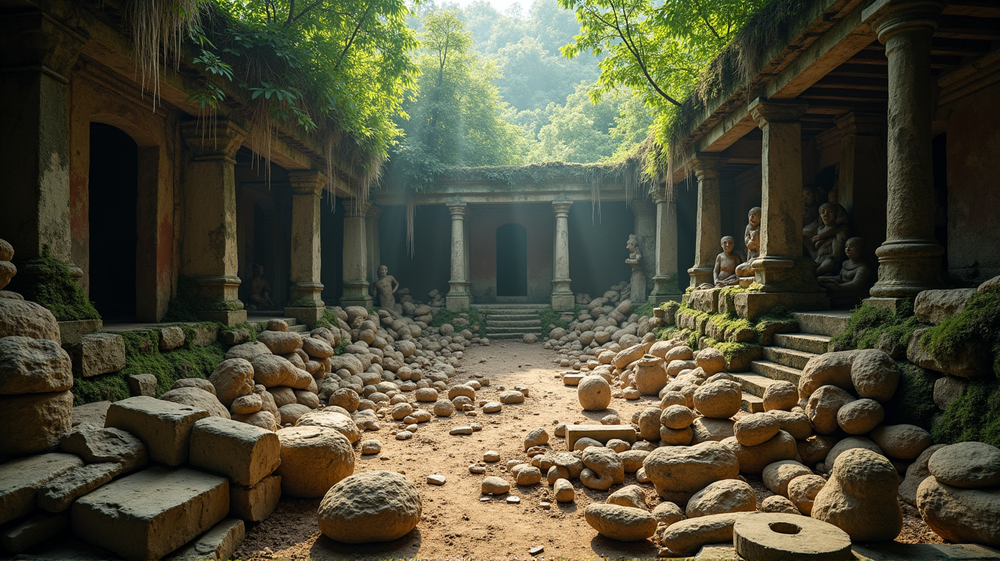Amid the treacherous soils and extreme climatic conditions of Southeast Asia, a remarkable breakthrough has emerged, defying the natural odds. It was within the depths of Thung Binh 1 cave, nestled near the serene terrains of Hoa Lu, Vietnam, that archaeologists uncovered a relic of humanity’s distant past. The skeletal remains of a man, who walked this earth a staggering 12,000 years ago, have left researchers both astounded and intrigued. According to Archaeology Magazine, this ancient inhabitant known as TBH1, marks the earliest recorded instance of violence within mainland Southeast Asia.
The Astonishing Discovery
For those archaeologists laboring under the hot sun, the discovery was nothing short of extraordinary. Violent history has always fascinated the curious, and TBH1 tells a harrowing tale. As experts delicately examined the skeletal fragments, they stumbled upon the grim evidence that lay dormant for millennia—a fractured rib near the neck area with a sliver of sharpened quartz that had once been part of an arrowhead. Initial conclusions suggest this individual had been targeted in what might be the age-old narrative of interpersonal conflict.
A Harrowing Tale of Survival
One might imagine that for TBH1, the ordeal would have ended swiftly. Yet, the sad twist in this tale is the prolonged suffering he endured. The wound, left untreated, festered with infection, drawing an agonizing curtain to his life weeks or perhaps even months post-assault. This revelation not only enriches our understanding of ancient violence but also paints a vivid image of survival’s cruel demands during early human existence.
Casting a Light into the Past
This finding, meticulously documented in an article published by the Proceedings of the Royal Society B: Biological Sciences, opens a window into a time when survival demands extended beyond mere resource acquisition to the more complex layers of human interaction and conflict. It is within these layers that we seek the stories that gave shape to our shared history.
The Chronicles of Human Strife
The sands of time often obscure the hardships of our ancestors, yet discoveries like TBH1 breathe life into these forgotten narratives. As experts continue to process this groundbreaking evidence, it raises countless questions about the nature of conflict in prehistoric societies—and forces us to ponder how far we’ve truly come.
A Call to Action for History Enthusiasts
This discovery not only invites us to reconsider the limits of ancient human endurance but also beckons historians, archaeologists, and enthusiasts alike to delve deeper. The story of TBH1 is far from over, as new techniques and persistent curiosity strive to unearth more tales long lost to the ancient soils of Southeast Asia. As stated in Archaeology Magazine, it’s a testament to our relentless quest for the truth buried deep within the earth.
Embark on this journey of ancient discovery, and let these echoes from the past guide our understanding of human history’s intricate tapestry.












